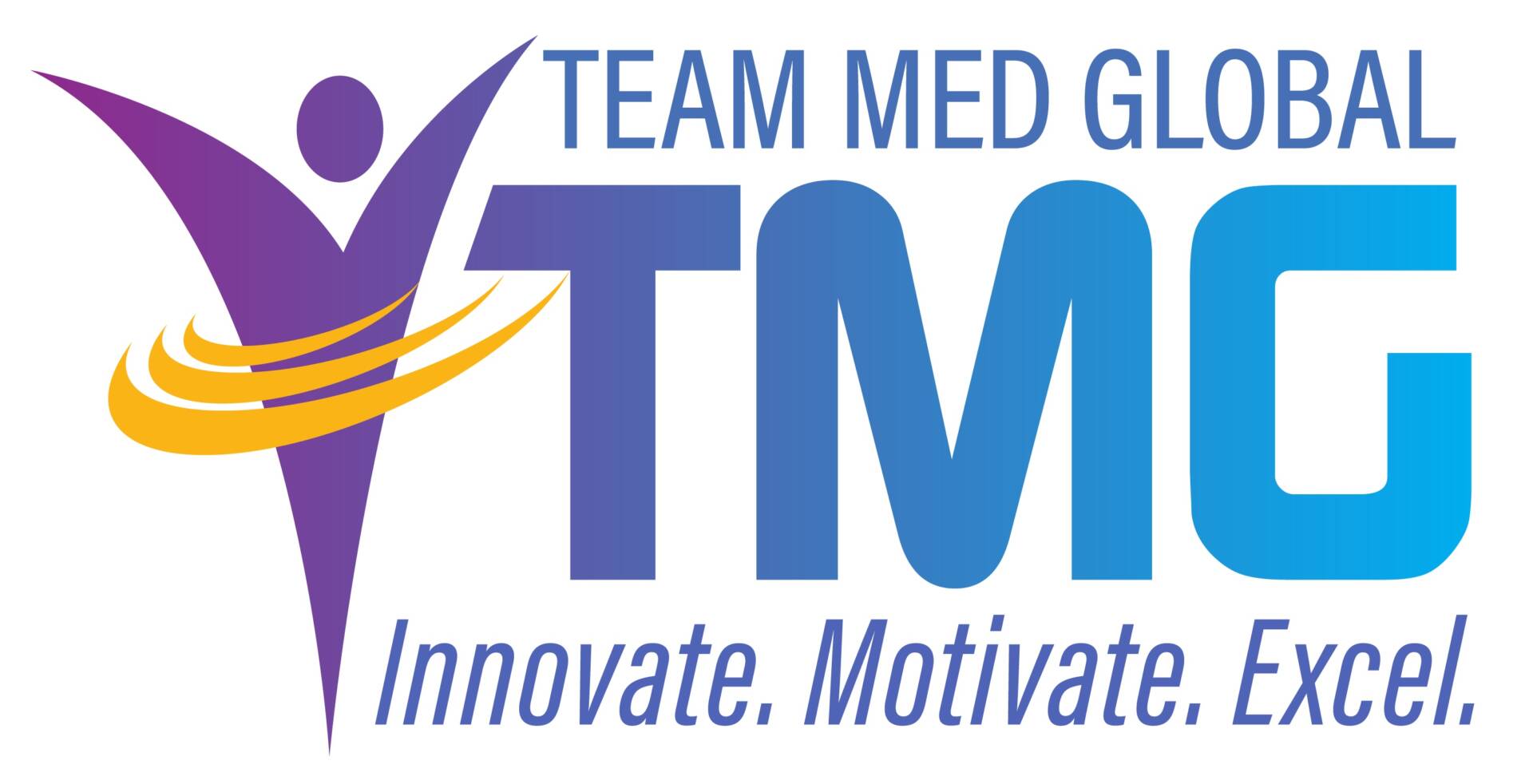Environmental developments encourage professionals to respond by evaluating existing pathways and reformatting tools to reflect new landscapes. MSPs nationwide are discussing the growing physician employment model and its effect on affiliation verifications. The once-clear information pathway for affiliation letters has migrated to include all of the traditional data points and new ones coming from office-related performance outcomes and related contract performance goals. The new information can provide a 360-degree snapshot of providers, giving the affiliation letter its intended importance in the application verification process.
Far-Ranging Data Integration
MSPs have long been heralded as subject matter experts working closely with legal, risk, and quality professionals to promote patient safety and ensure compliance. The expanding provider employment model encourages the contributions of new collaborators, in effect asking the MSP to incorporate data integration beyond the facility’s risk and quality departments.
For example, practice pattern outcomes can be assessed to provide system-based practice results – such as resource utilization, immunization protocol compliance, and referral patterns – and determine competency. Patient satisfaction scores can be used to address questions regarding communication and professionalism. Participation in quality improvement task force projects with measured outcomes or participation in organizational CMEs can help address practice-based learning and improvement. Medical knowledge can be determined through targeted chart auditing of billing and documented treatment plans.
The Need for Information Access
It can be difficult to create a relevant affiliation verification letter, especially if the organization’s culture maintains independent information pathways. To adapt to the physician employment model, appropriate and legally allowable information should be provided to the Medical Staff Services Department from system-owned office practices. When MSPs ask their own system to provide the targeted outcome base for in-house PPE cycles, the system becomes accustomed to providing the information on a timely basis. By retooling the release and constructing targeted questions on practice patterns, affiliation letters convey a clear snapshot of meaningful information.
Retooling the Affiliation Verification Letter
Begin the conversation about retooling the affiliation letter to reflect the employed provider and the information medical staff members may want to evaluate. Consider:
- Revising the application release to include information from the practice by folding in language to cover the facility’s business entities that are directly related to outcome-based practice related data sets. For example, the following sentence can be added to obtain the information: “I authorize the Medical Staff Services Department of (related facility’s name) to release any information provided in connection with this questionnaire to (healthcare system name) in connection with any offer of employment.”
- Revising affiliation verifications to address employment status.
- Is the provider employed by (name of facility)? If yes, then please complete the following questions. If not, please skip to question number X.
- Is the provider or has the provider been an employee of a medical group?
- Would your organization recommend membership and privileges if this provider were to apply at your facility?
- Would you hire this provider back as a member of your medical group?
- What were the last reported patient satisfaction scores for the applicant?
- Did the provider participate in the quality initiative programs through CMEs or quality committee membership?
- Did the provider participate in patient safety programming, i.e., vaccination compliance, monitoring BP results and recommend treatment plans, diabetes management, within the expected group outcome targets?
- Requiring a specific release from the provider through the requesting facility to release specific details related to an action/HR termination.
- Work with your facility’s administration and MEC leaders to recommend contract language revisions to the legal department so that important data points be evaluated, collected, and reported to the MSSD on a regular basis.
- When providers are released from employment contracts, work to develop evergreen affiliation verification letters under the direction of the legal department to address office-based practice and medical staff-related concerns.
While this is not an easy task, the newly-minted affiliation letter and information pathways will provide a better snapshot of the provider for our peers across the nation.

Joyce Moore, MPA, CPCS®, CPMSM®, is the medical staff services director at Boulder Community Health in Boulder, Colorado.
References:
“Managing Medical Staff Issues in the Employment of Practitioners – The Critical Role of the Medical Staff Office,” NAMSS webinar (May 2017).
“Supervisor’s Guide for the Performance Improvement Plan,” Grand Valley State University, https://www.gvsu.edu/cms4/asset/8C0B809B-0726-4E3B-1EBA4A40A82D8597/supervisors_guide_for_pip_3.pdf
Team Med Global, Donna Goestenkors: Technical Editor, teammedglobal.com

